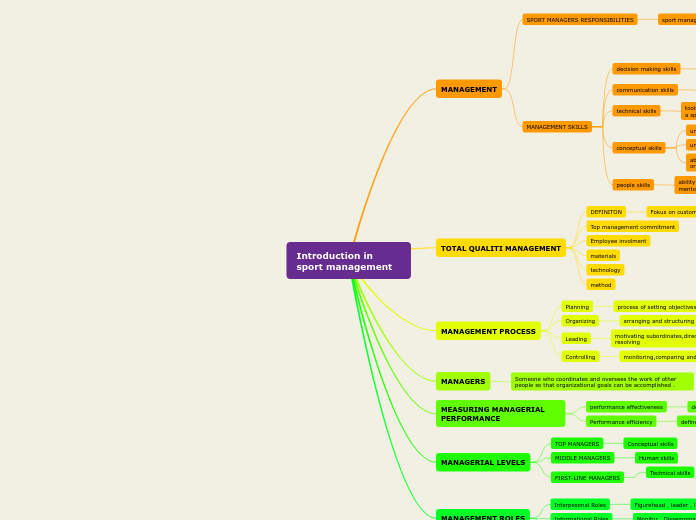Chapter 2: The Media Business Environment: Markets, Business Models, Mergers, Alliances, and Partnerships
This mind map can help you visualize all the information regarding a decision, by providing you with a clear overview that will support you in the process of making the choice.
Forces Affecting the Markets
Global/Social Forces: With the United States markets saturated with 99% American Companies it makes it hard for Global media markets to produce news for the states. Social these companies look toward rich instead of stories that would effect the poor.
Regulatory Forces: Government creating new laws on consumption may also hurt sellers or buyers. Examples: Some laws have made big companies even bigger and made it harder for independent companies to get their products to consumers.
Technological Forces: With industries evolving it may effect the way products are sold. Example: Present day free streaming services have made it harder for sellers to make money off their services.
Economic Conditions: If no money to be spent, than sellers cant make money off consumers
Alliances
Examples of Mergers: Comcast and NBC.
21st Century Fox.
Media General and LIN.
AT&T and DirecTV.
Newsgathering: Companies share information to each other that way they all release information at the same time.
Company partnerships to share production and distribution costs.
Strategic Alliance: An association designed to provide benefits for each of its members. Example: Organizations sharing capital and cost, providing access to new markets, increasing shareholder value and reducing risk. (Mergers/joint ownership/ joint ventures.)
Good Market Structure
Models of business: Advertising, Business to consumer, Subscriptions, Consumer to Consumer, Freemium.
Monopoly: One seller that dominates.
Oligopoly: Three or more sellers of a product each holding a similar share.
Monopolistic: Many sellers offering similar products that are not perfect substitutes for one another.
Perfect Competition: Multiple Sellers and a homogeneous product characterize, no single firm dominates.
4 Main Types: Monopoly, Oligopoly, Monopolistic, Competition
Electronic/Digital Markets
Add here all the resources, information, pros, and cons of your potential solution.
By gathering all this information in one place, it becomes easier to identify the best possible solution that will help you reach your goals.
Examples: Television Commercials, Radio advertisements, On-air sponsorship.
How these Markets are used: The providers advertise their products to reach a certain demographic that would consume their products.
Consists of buys and sellers. The buyers would be consumers who purchase products (Radios, Antennas, Subscriptions, Cable packages.) The Sellers would be Telecommunication providers, cable companies, Individual Stations (Radio/Television.)
Market: A place where consumers and sellers interact.
Chapter Summary
Add your goals here. Having the goals on the same page as your solution makes it easier to oversee the whole process and choose the best solution.
Implications for Management
Alliances and Partnerships
Forces Affecting Markets
Business Models
Market Structure
Electronic and Digital Media Markets









